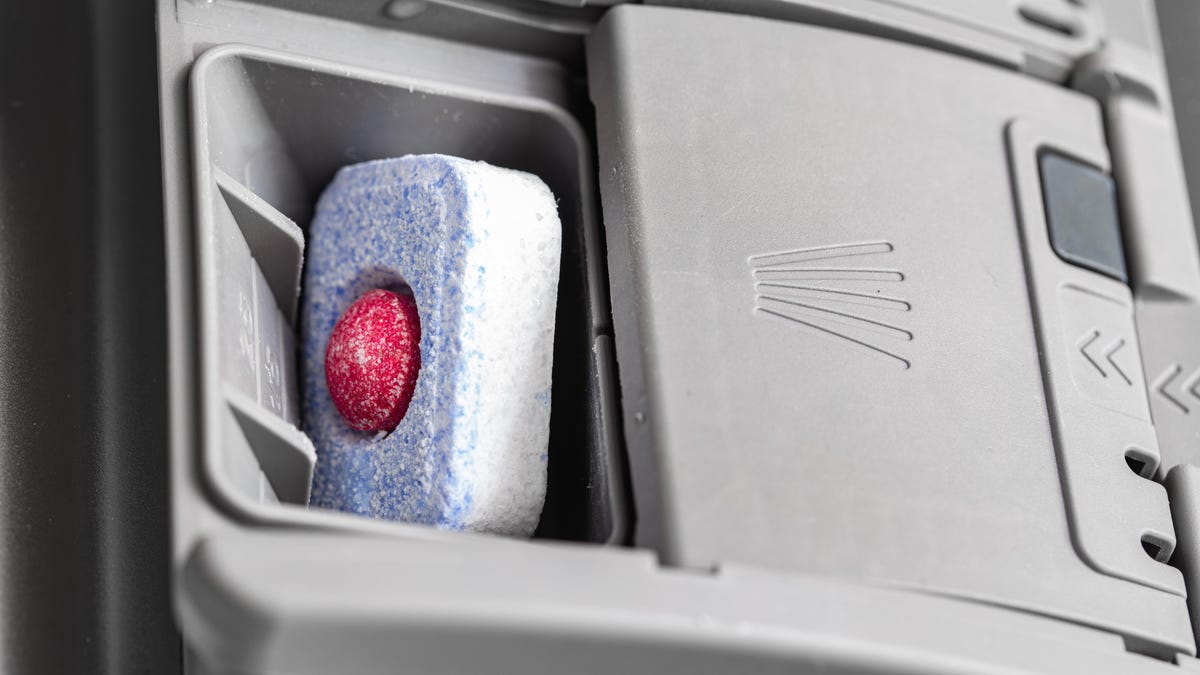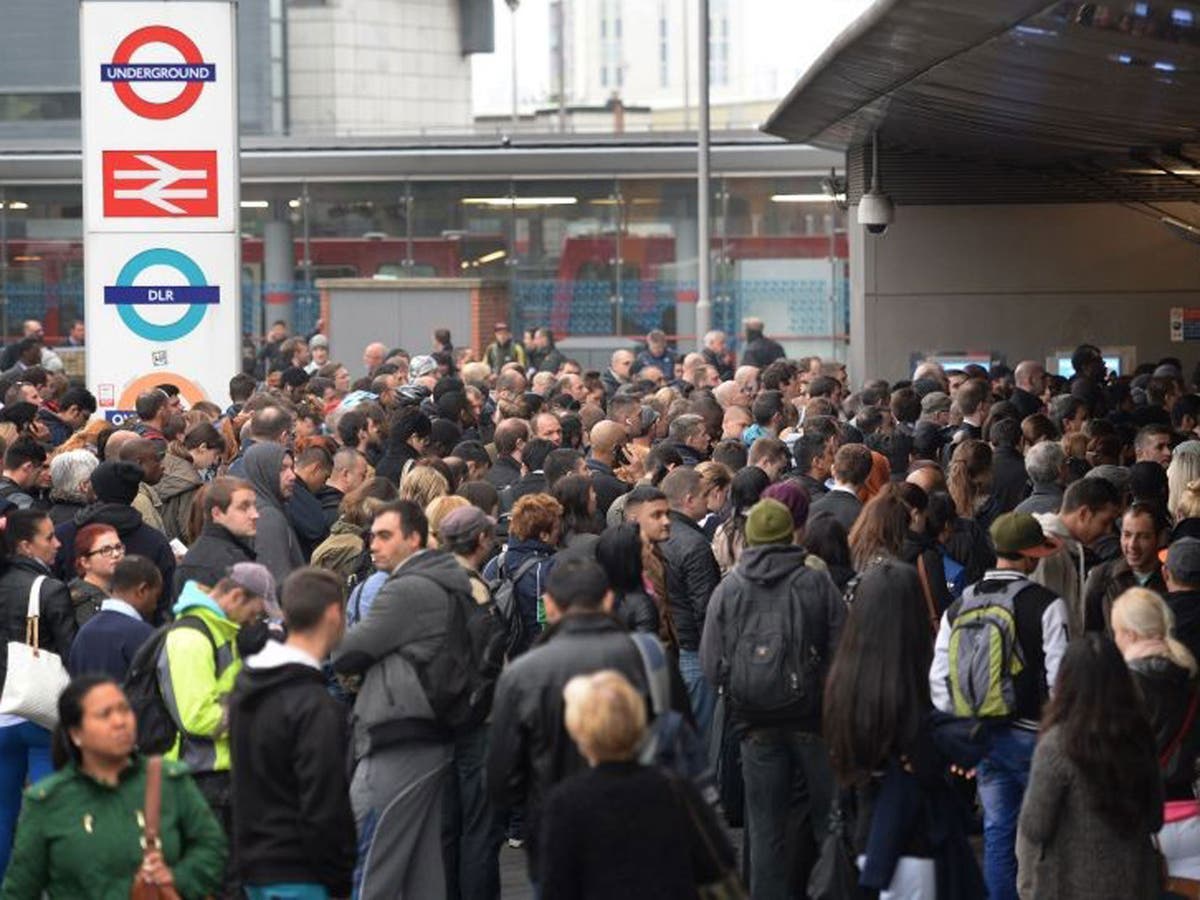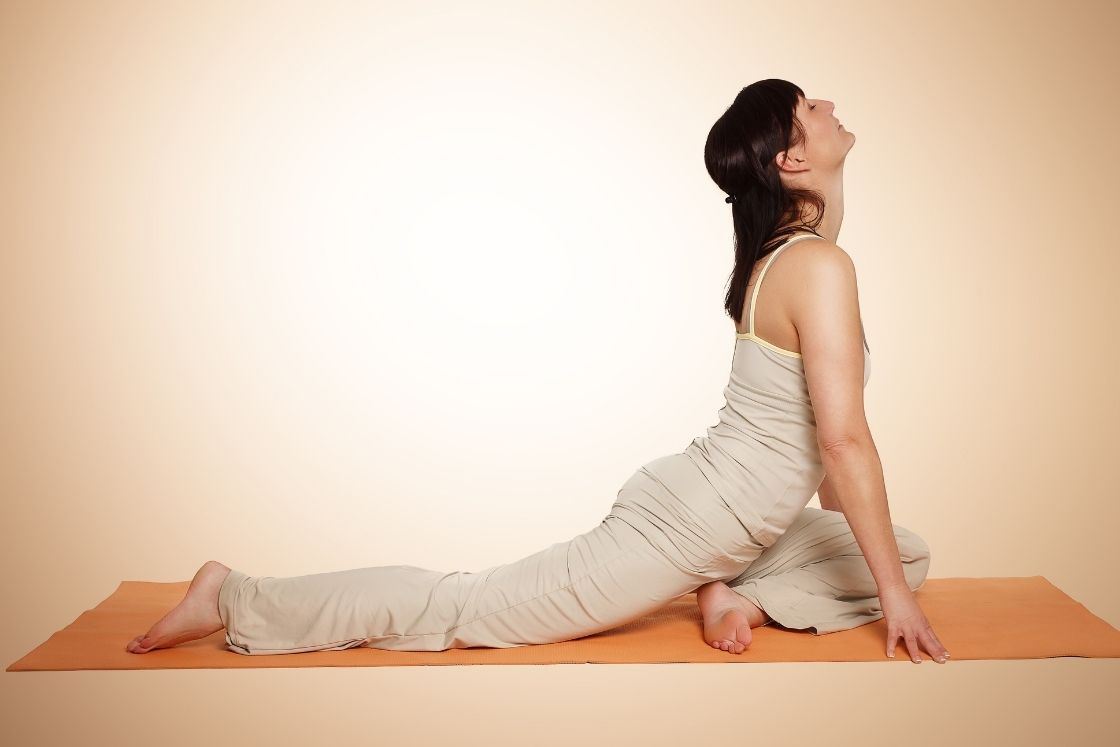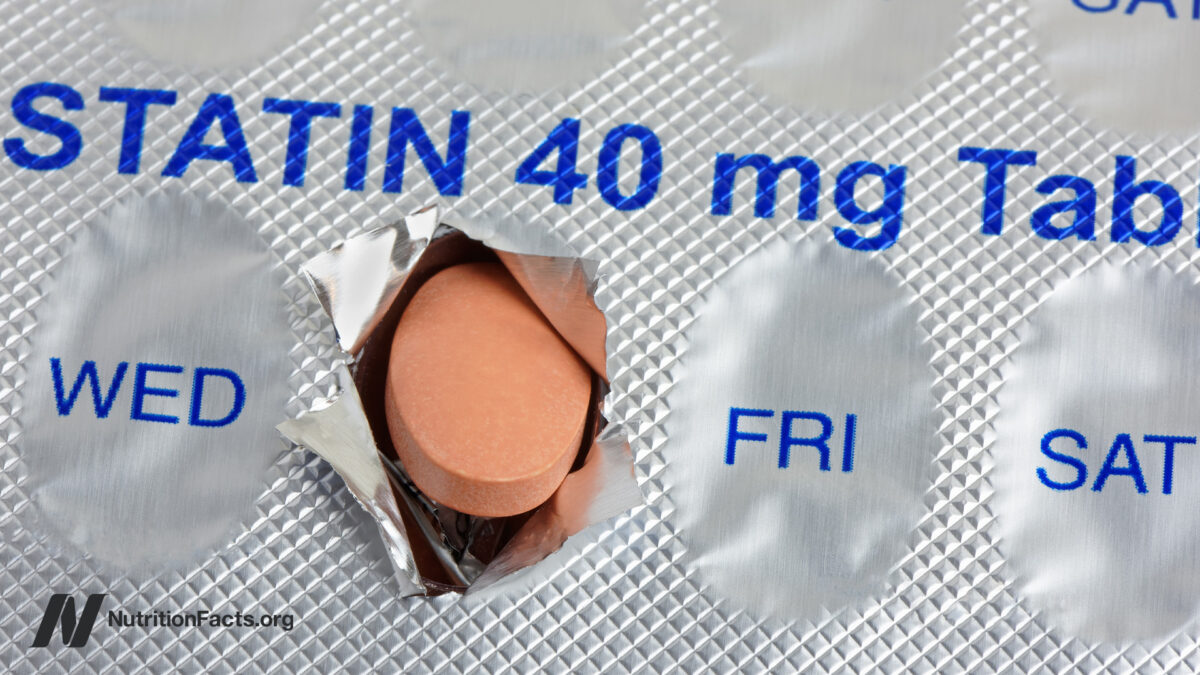You Should Consider a Heat Pump Dryer
Heat pump dryers are coming to the U.S. and they’re going to change the way we use dryers. Upsides: No more venting! You can put ‘em anywhere, and they’re much better for the environment; they’ve been in Europe for...
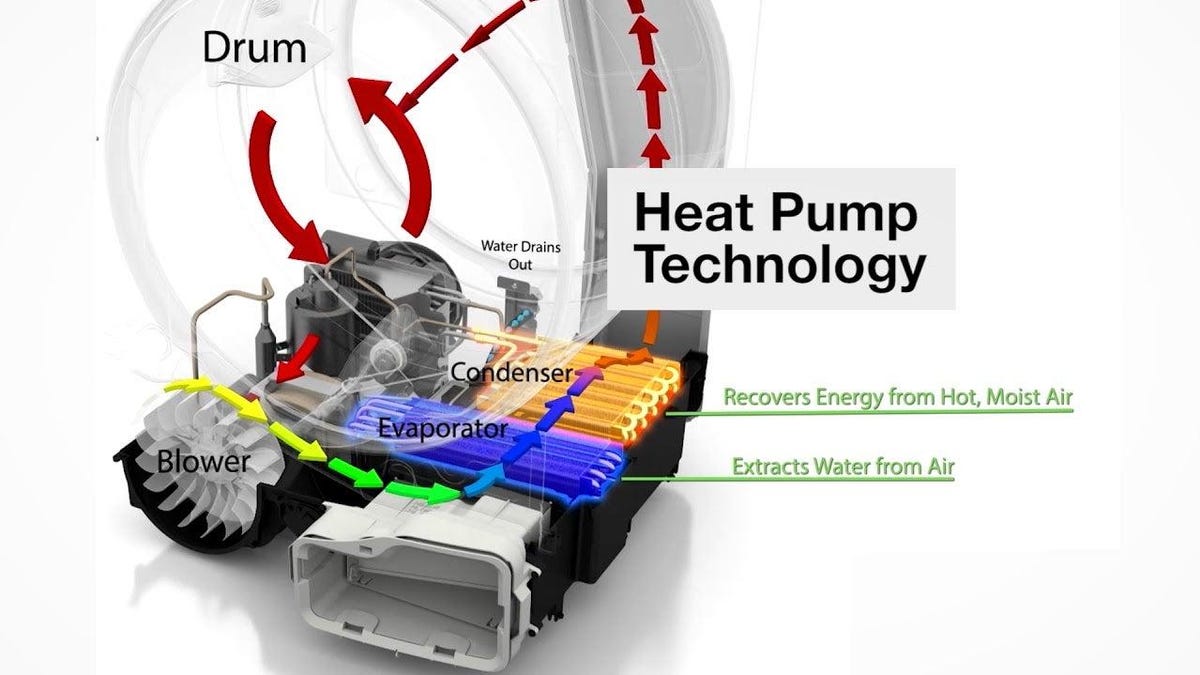
Heat pump dryers are coming to the U.S. and they’re going to change the way we use dryers. Upsides: No more venting! You can put ‘em anywhere, and they’re much better for the environment; they’ve been in Europe for years. Downsides: smaller capacity (for now) and longer dry times.
An awful lot of our monthly electric consumption falls into the black hole that is our dryer. Makes sense—it’s a heater running over and over. Since our laundry isn’t going away, smart folks are always trying to figure out how to make these appliances greener. Heat pump dryers are one way to make that happen.
Heat pump dryers have a strong foothold in Europe, where they make up half of the market, but they haven’t really played a big role in the U.S. market. As the number of models available expands, it’s opening up options.
How heat pump dryers work
A normal dryer creates heat and then pushes it out of your home via a vent. Heat pumps, on the other hand, capture heat and then recycle it over and over. They do require the use of refrigerants, but so does the big box in your kitchen. Energy Star has a great video explaining in depth how heat pumps work.
The benefits of heat pumps over traditional dryers
Obviously, the reason most people will make the switch is energy savings. Heat pumps are 60% more efficient and may result in an average of $85 worth of savings per year. But these peppy dryers also expel 425 less pounds of C02 a year as well.
Because they require no venting, you can place your dryer in a more convenient place, and also means that people without the ability to vent can get laundry machines. If you have a smaller electrical panel, these require a lot less wattage, so the demand and usage is a lot less.
Since they use less heat, and operate at lower temperatures, the risk of house fires are greatly reduced. Even better, your clothes will last longer due to less stress from the drying process.
Considerations before buying a heat pump dryer
There aren’t yet a lot of models on the U.S. market, so your choices are limited. They only represent about 7% of available dryers here, but that percentage is expected to rapidly increase in the coming years.
Exclusivity means higher prices—and heat pumps will cost you. A traditional dryer averages $800-1200, and heat pump dryers will range from $900-1850. Don’t be scared off; most of the dryers fall in the same range, and the cost will be amortized by the savings over the life of the dryer.
Less heat means longer cycles, and you should expect 90-120 minutes for a load of laundry, versus an average of 75 minutes for a traditional dryer.
The last caveat is size. Europeans are used to smaller everything in appliances, and these dryers typically have 4-5 cubic feet, versus the traditional 5-7 cubic feet.
When you’re ready to consider a heat pump dryer, we recommend checking out the inventory available at Home Depot or Lowe’s.

 JaneWalter
JaneWalter 







